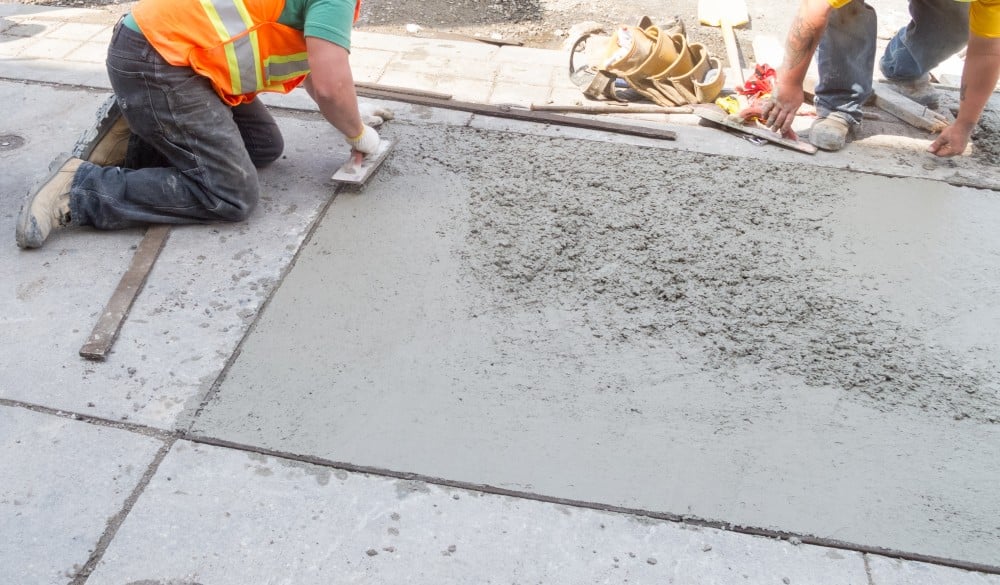How To Use Concrete For High Rise Building In Lemon Grove?

- Selecting the appropriate concrete mix is crucial for the structural integrity of a high-rise building. High-strength concrete with a minimum compressive strength of 6,000 psi (pounds per square inch) is typically used in tall buildings. This high-strength mix ensures that the concrete can withstand the immense loads and pressures experienced by high-rise structures. Moreover, consider using specialized concrete additives such as superplasticizers to improve workability and reduce the water-cement ratio. A lower water-cement ratio enhances the concrete’s strength and durability, which is vital for tall buildings.
- Quality control is paramount when using concrete for high-rise construction. Regular testing and inspection of the concrete mix, reinforcement, and formwork are essential to ensure that the materials meet the required standards. Inadequate quality control can lead to structural defects and compromised safety in a high-rise building. Additionally, monitoring the curing process is critical. Proper curing ensures that the concrete attains its desired strength and durability, which is essential for the longevity of the structure. Employ experienced professionals and adhere to industry standards to maintain quality control throughout the construction process.
- Transporting concrete to the upper levels of a high-rise building can be challenging. To address this, plan for efficient concrete pumping and placement. Concrete pumps are commonly used to convey the material to higher elevations. Ensure that the pumping equipment is well-maintained and operated by trained personnel. Additionally, consider the logistics of concrete placement to minimize delays and complications. A well-thought-out schedule and coordination between the concrete supplier, pump operator, and construction team are crucial. Delays in concrete placement can have a cascading effect on the entire construction process, leading to increased costs and project delays.
- Formwork and shoring systems play a vital role in shaping the structure and supporting the weight of wet concrete. In high-rise construction, the formwork must be robust and capable of withstanding the pressures exerted by the fresh concrete. It’s essential to use high-quality materials and adhere to safety standards when designing and erecting formwork. Proper shoring is also crucial, as it supports the formwork and helps distribute the load evenly. Ensure that shoring systems are correctly installed and regularly inspected to prevent accidents and structural failures.
- As the construction industry becomes more environmentally conscious, it’s important to consider sustainability when using concrete in high-rise buildings. Explore eco-friendly concrete mixes that use recycled materials or have a lower carbon footprint. Additionally, design the building with energy-efficient features to reduce its environmental impact during its operational life.
FAQs
Can Concrete Be Used For High-Rise Construction Without Compromising Safety?
Yes, concrete is a suitable material for high-rise construction when used correctly. It offers the necessary strength and durability, but proper design, quality control, and construction practices are essential to ensure safety.
What Is The Typical Lifespan Of A High-Rise Building Constructed With Concrete?
High-rise buildings constructed with quality concrete can have a lifespan of 50 to 100 years or more, depending on maintenance and environmental factors.
Are There Any Alternatives To Traditional Concrete For High-Rise Construction?
While traditional concrete remains a primary choice for high-rise construction, some alternatives, such as engineered wood products and composite materials, are gaining popularity due to their sustainability and lighter weight. However, the choice of material depends on specific project requirements and design considerations.
Conclusion
Using concrete for high-rise buildings requires careful planning, quality control, and adherence to industry standards. Choosing the right concrete mix, implementing effective quality control measures, planning for efficient concrete placement, prioritizing formwork and shoring, and considering sustainability are essential steps to ensure the success of a high-rise construction project. By following these tips and staying informed about industry advancements, builders can continue to push the boundaries of what is possible in high-rise construction while ensuring safety and sustainability. For more information, contact Concrete Contractor Lemon Grove at (619) 648-5335.

